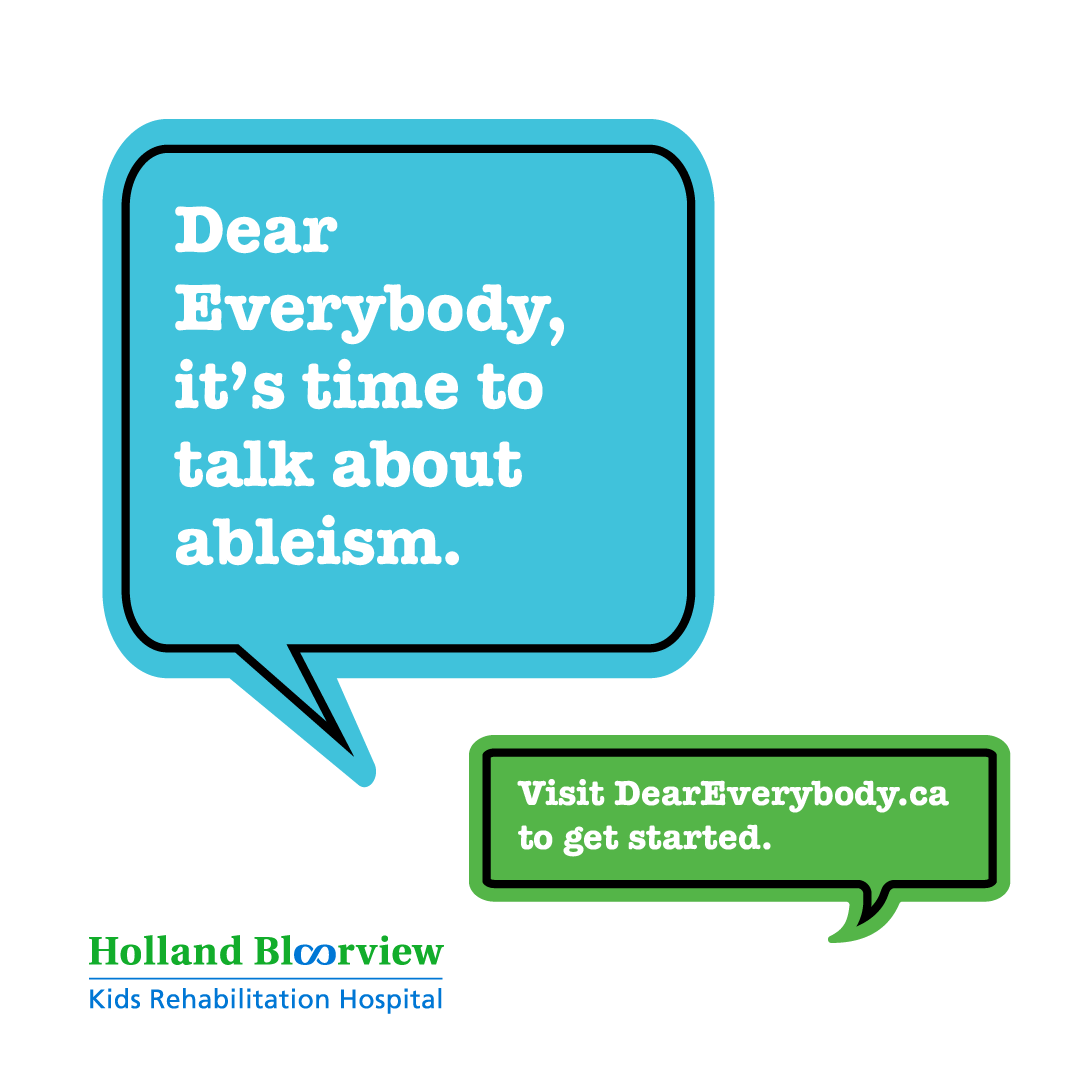For partners
Tips for Talking About Disability
Wondering how to refer to someone who has a disability? Curious about someone’s language use?
People with disabilities are individual experts in the language and words they use to refer to themselves. That’s why it’s important to ask individuals with disabilities what language they like to use.
Unsure how to ask? Try these prompts:
Unsure how to ask? Try these prompts:
How do you like to refer to your disability?
What language should I use to talk about your disability?
Do you use people-first or identity-first language?*
Not all people with disabilities like to discuss their disability with others, and what someone is willing to share may change over time. If you are referring to a larger group of people make sure you understand what will work best for the group. The same goes for individuals. There is no one-size fits all when it comes to language and it boils down to having respect. Language choices may change, too! Always listen to people with disabilities to ensure you’re continuing to have respectful, meaningful conversations.
The two most common types of speaking about disability are: people-first language and identity-first language.
Disability-related language has changed over time, and it’s still changing today as scholars, activists, and people with disabilities inform others on how they would like to be identified.
What’s people-first language?
People-first language prioritizes the person by saying: person with a disability or people with disabilities.
How about identity-first language?
Identity-first language positions the disability as central to one’s identity: disabled person or disabled people.
Disability-related language has changed over time, and it’s still changing today as scholars, activists, and people with disabilities inform others on how they would like to be identified.
Some examples of language you can consider using:
Say:
Let’s keep the conversation going as we #EndAbleism together!
- He has a cognitive disability
- She has autism
- He has Down syndrome
- She has quadriplegia
- He’s a little person/of short stature
- She has a mental health condition/mental illness
- He uses a wheelchair
- She receives special education services
- He has a developmental delay/developmental disability
- Children without disabilities/typically developing child
- Does not move or speak/is non-verbal
- He has a hearing impairment/is deaf
- Has a congenital disability/born without a limb
- Brain injury
- She needs… she uses …
Let’s keep the conversation going as we #EndAbleism together!
